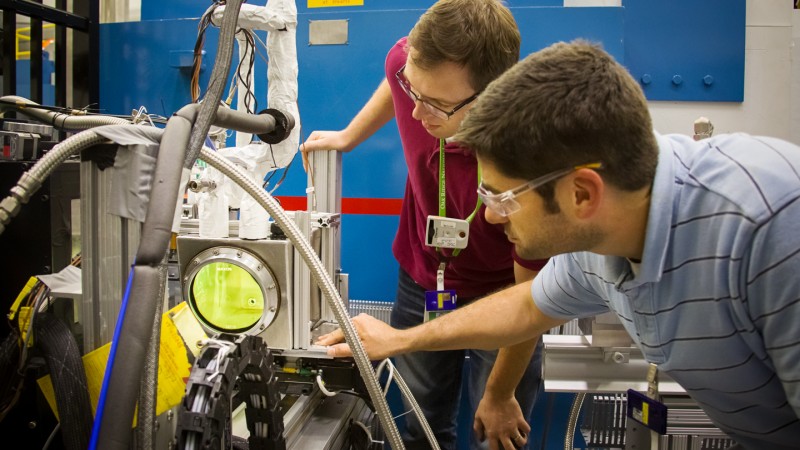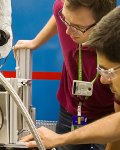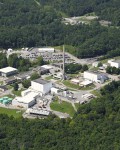Blowing bubbles may be fun for kids, but for engineers, bubbles can disrupt fluid flow and damage metal.
Researchers from the Fuels, Engines and Emissions Research Center at the Department of Energy's Oak Ridge National Laboratory and collaborators from ORNL's High Flux Isotope Reactor - a DOE Office of Science User Facility - are using neutrons to study the formation of these damage-causing bubbles in fuel injectors.
This team is attempting to make the first-ever neutron images of cavitation, the physical event that leads to bubble/gas formation, inside the body of a gasoline fuel injector. In August, they conducted their research at HFIR's CG-1D beam line, which is used for neutron radiography and computed tomography, to non-destructively study the internal structure of the fuel injector. With data in hand, they will be diving deep into the analysis of the images to identify both the location and the timing of the cavitation.
"We can measure the spray of a fuel injector using X-rays, but imaging the internal structure in operation is very challenging," said Hassina Bilheux, HFIR instrument scientist for CG-1D.






